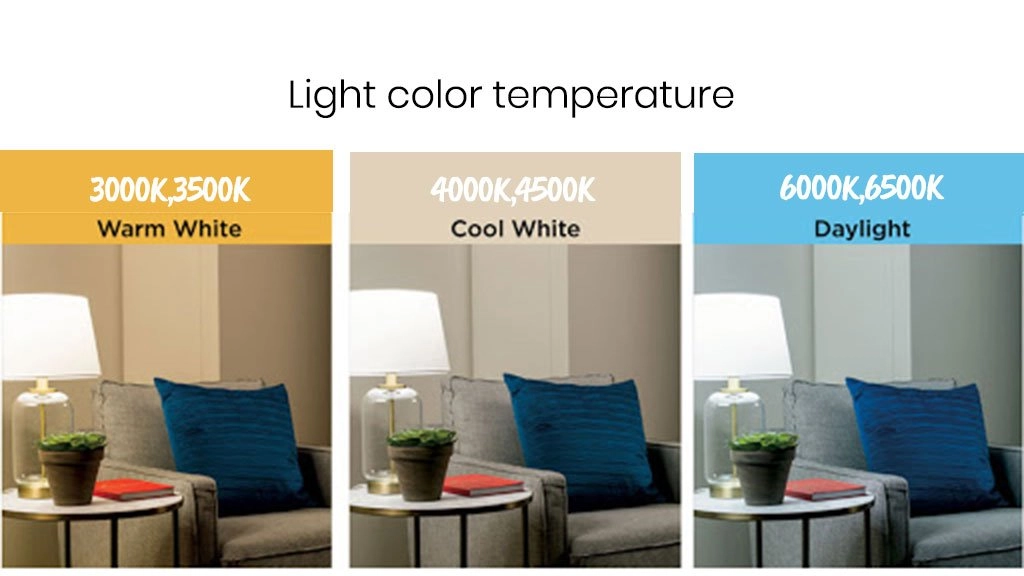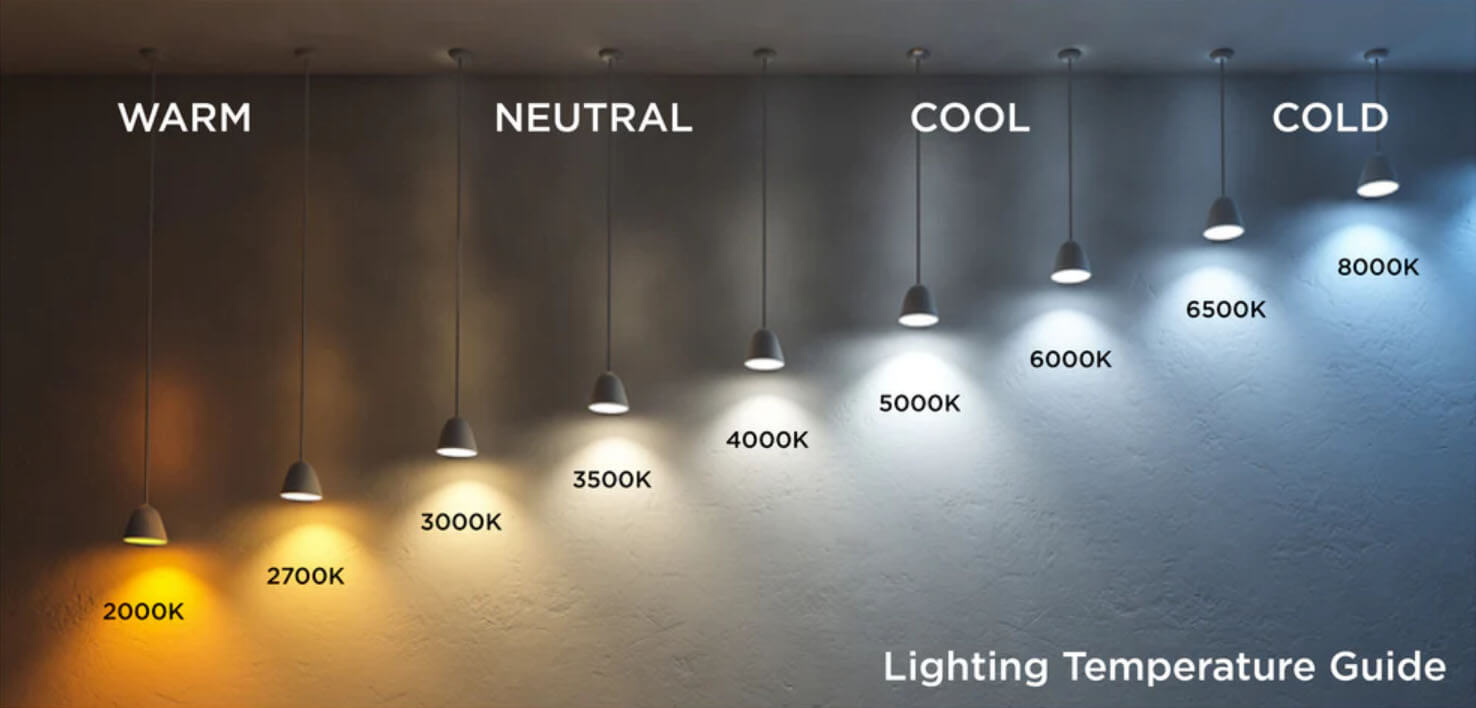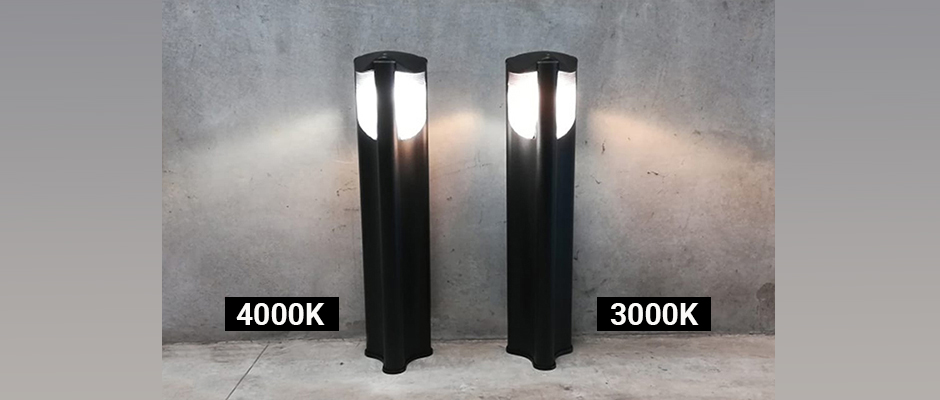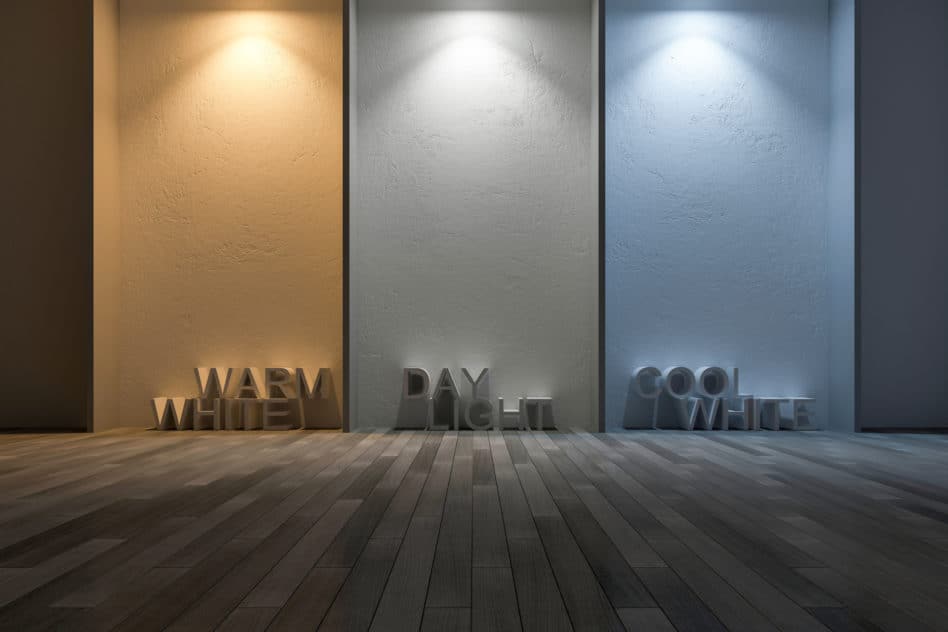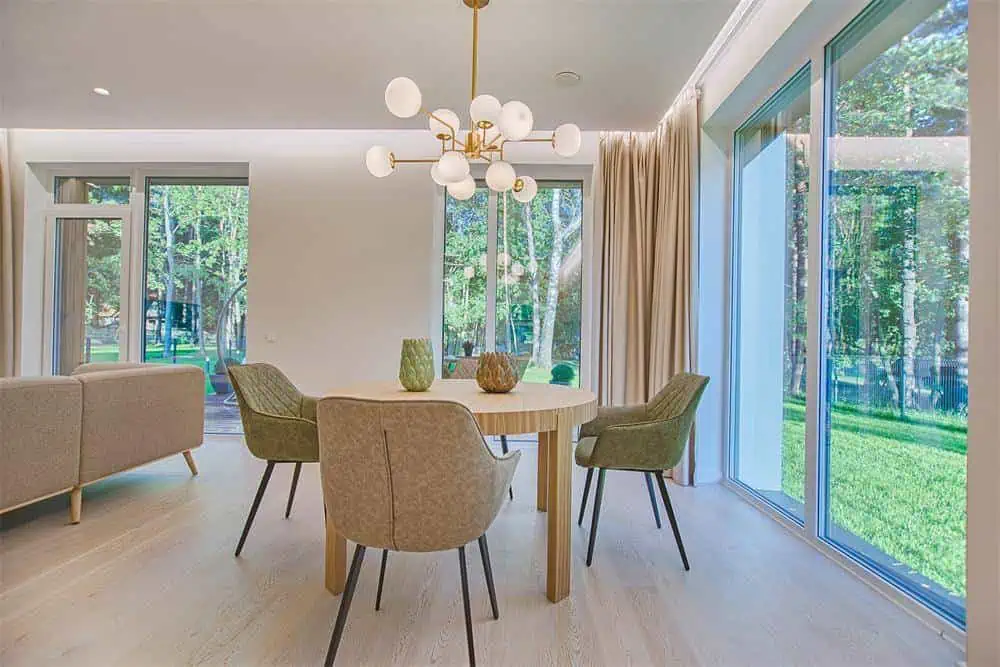When it comes to lighting your living room, one of the most important decisions you'll make is the color temperature. Color temperature refers to the shade of light produced by a light source, and it is measured in Kelvin (K). The most common color temperatures for residential lighting are 3000k and 4000k. But which one is better for your living room? Let's explore the differences between these two lighting temperatures to help you make the right choice for your space.3000k vs 4000k Living Room: Which is Better for Your Space?
Before we dive into the pros and cons of each lighting temperature, it's important to understand the basic differences between 3000k and 4000k. 3000k lighting produces a warm, yellowish light that is often described as "soft white." On the other hand, 4000k lighting produces a cooler, bluish-white light that is often referred to as "bright white." The color temperature you choose can greatly impact the overall look and feel of your living room, so it's important to consider your personal preferences and the atmosphere you want to create.Understanding the Differences Between 3000k and 4000k Lighting for Your Living Room
If you're struggling to decide between 3000k and 4000k lighting for your living room, here are some factors to consider: Atmosphere: As mentioned before, the color temperature of your lighting can greatly impact the atmosphere in your living room. 3000k lighting creates a warm and cozy feeling, perfect for relaxing and unwinding. 4000k lighting, on the other hand, produces a brighter and more energetic ambiance, making it better suited for work or socializing. Color Rendering: Color rendering refers to how accurately colors appear under a certain light source. In general, warmer color temperatures have better color rendering, making them great for showcasing artwork or furniture in your living room. However, if you have cooler tones in your living room, such as blues or greens, 4000k lighting may be a better choice as it can enhance these colors. Personal Preference: Ultimately, the decision between 3000k and 4000k lighting comes down to personal preference. Some people may find the warm, yellow tones of 3000k lighting more inviting and comfortable, while others may prefer the crisp, bright light of 4000k. Consider your own preferences and the overall look and feel you want for your living room.Choosing the Right Color Temperature for Your Living Room: 3000k vs 4000k
When it comes to the battle of 3000k vs 4000k, there is no clear winner. Both lighting temperatures have their own advantages and it ultimately depends on your personal preferences and needs. However, here are some pros and cons to consider for each: 3000k: Pros:Comparing 3000k and 4000k Lighting for Your Living Room: Which One Wins?
As you can see, there is no clear winner between 3000k and 4000k lighting for your living room. It ultimately comes down to your personal preferences and the atmosphere you want to create. However, it's important to note that you don't have to choose one or the other. Many homeowners opt for a combination of both 3000k and 4000k lighting in their living rooms to create a balanced and versatile space.3000k vs 4000k: The Battle of Lighting Temperatures for Your Living Room
If you're still unsure about which lighting temperature is best for your living room, here are some tips to help you decide:How to Decide Between 3000k and 4000k Lighting for Your Living Room
At the end of the day, the ideal color temperature for your living room is the one that makes you feel comfortable and suits your needs. Whether you choose 3000k or 4000k lighting, make sure to consider your personal preferences and the atmosphere you want to create in your space.3000k vs 4000k: Which Color Temperature is Ideal for Your Living Room?
To summarize, here are the pros and cons of each lighting temperature for your living room: 3000k:The Pros and Cons of 3000k vs 4000k Lighting for Your Living Room
In the end, the perfect lighting temperature for your living room is the one that meets your personal preferences and needs. Whether you choose 3000k or 4000k, make sure to consider the atmosphere you want to create and the colors already present in your space. With the right lighting, you can transform your living room into a warm and inviting space or a bright and energetic one, depending on your preference.3000k vs 4000k: Finding the Perfect Lighting Temperature for Your Living Room
The Importance of Choosing the Right Lighting Temperature for Your Living Room

How 3000k and 4000k Can Make a Difference in Your Home Design
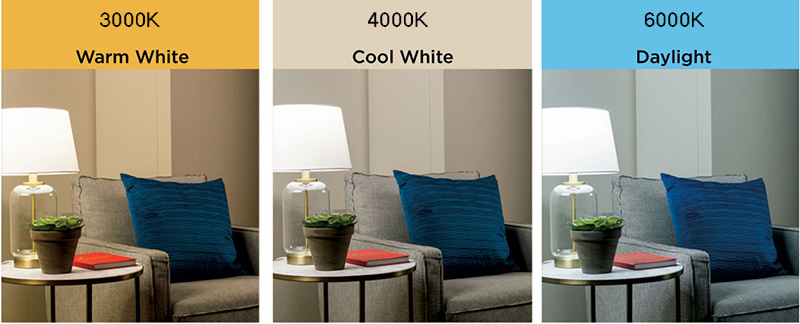 When it comes to designing your living room, lighting is a crucial element that can greatly impact the overall ambiance and atmosphere of the space. And with the rise of LED technology, homeowners now have a wide range of lighting temperatures to choose from. Two popular options are 3000k and 4000k, which offer different shades of white light. But how do these two temperatures differ and which one is best for your living room?
3000k
is a warm white light that gives off a cozy and inviting feel. It is often described as similar to the natural light of a candle or an incandescent bulb. This temperature is ideal for creating a comfortable and relaxed atmosphere in your living room, making it the perfect choice for winding down after a long day or hosting intimate gatherings with friends and family.
On the other hand,
4000k
is a cool white light that emits a brighter and more energetic vibe. It is often compared to natural daylight and is commonly used in workspaces and kitchens for its ability to increase focus and productivity. This temperature is great for illuminating larger areas and creating a sense of spaciousness, making it a suitable choice for open-plan living rooms.
So, which one should you choose for your living room? The answer ultimately depends on your personal preference and the purpose of the space. If you want a cozy and intimate living room,
3000k
may be the way to go. But if you prefer a brighter and more energizing atmosphere,
4000k
may be the better option.
Aside from personal preference, it's also important to consider the color scheme and furniture in your living room.
3000k
tends to enhance warmer tones such as reds, oranges, and yellows, while
4000k
complements cooler tones like blues, greens, and purples. Therefore, choosing the right lighting temperature can also help bring out the best in your interior design.
In conclusion, lighting temperature plays a crucial role in creating the perfect living room. The choice between 3000k and 4000k ultimately depends on your personal preference and the overall design of your living room. So, when designing your space, don't underestimate the impact of lighting and carefully consider which temperature will best suit your needs and style.
When it comes to designing your living room, lighting is a crucial element that can greatly impact the overall ambiance and atmosphere of the space. And with the rise of LED technology, homeowners now have a wide range of lighting temperatures to choose from. Two popular options are 3000k and 4000k, which offer different shades of white light. But how do these two temperatures differ and which one is best for your living room?
3000k
is a warm white light that gives off a cozy and inviting feel. It is often described as similar to the natural light of a candle or an incandescent bulb. This temperature is ideal for creating a comfortable and relaxed atmosphere in your living room, making it the perfect choice for winding down after a long day or hosting intimate gatherings with friends and family.
On the other hand,
4000k
is a cool white light that emits a brighter and more energetic vibe. It is often compared to natural daylight and is commonly used in workspaces and kitchens for its ability to increase focus and productivity. This temperature is great for illuminating larger areas and creating a sense of spaciousness, making it a suitable choice for open-plan living rooms.
So, which one should you choose for your living room? The answer ultimately depends on your personal preference and the purpose of the space. If you want a cozy and intimate living room,
3000k
may be the way to go. But if you prefer a brighter and more energizing atmosphere,
4000k
may be the better option.
Aside from personal preference, it's also important to consider the color scheme and furniture in your living room.
3000k
tends to enhance warmer tones such as reds, oranges, and yellows, while
4000k
complements cooler tones like blues, greens, and purples. Therefore, choosing the right lighting temperature can also help bring out the best in your interior design.
In conclusion, lighting temperature plays a crucial role in creating the perfect living room. The choice between 3000k and 4000k ultimately depends on your personal preference and the overall design of your living room. So, when designing your space, don't underestimate the impact of lighting and carefully consider which temperature will best suit your needs and style.






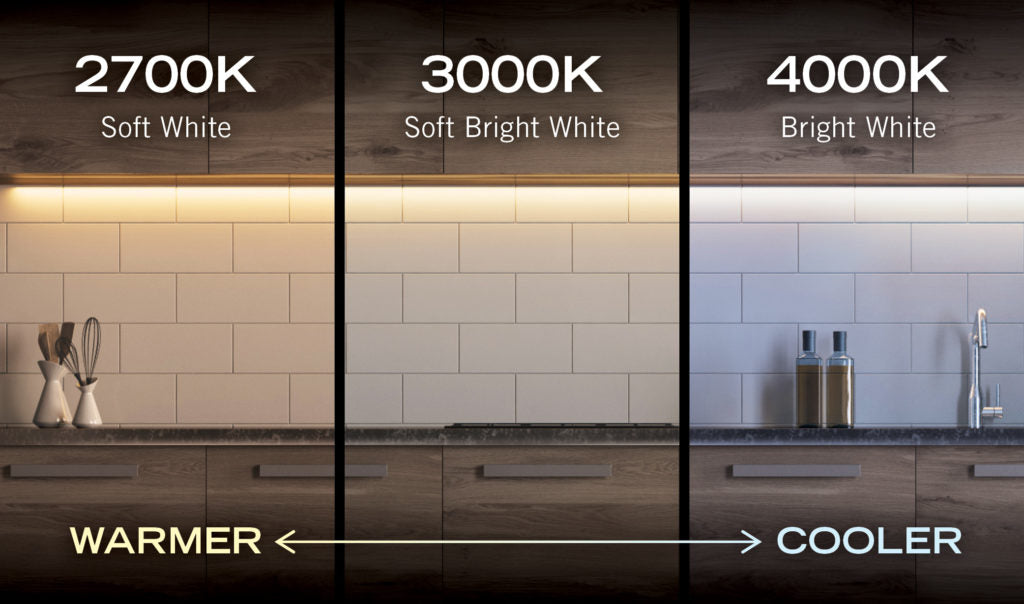









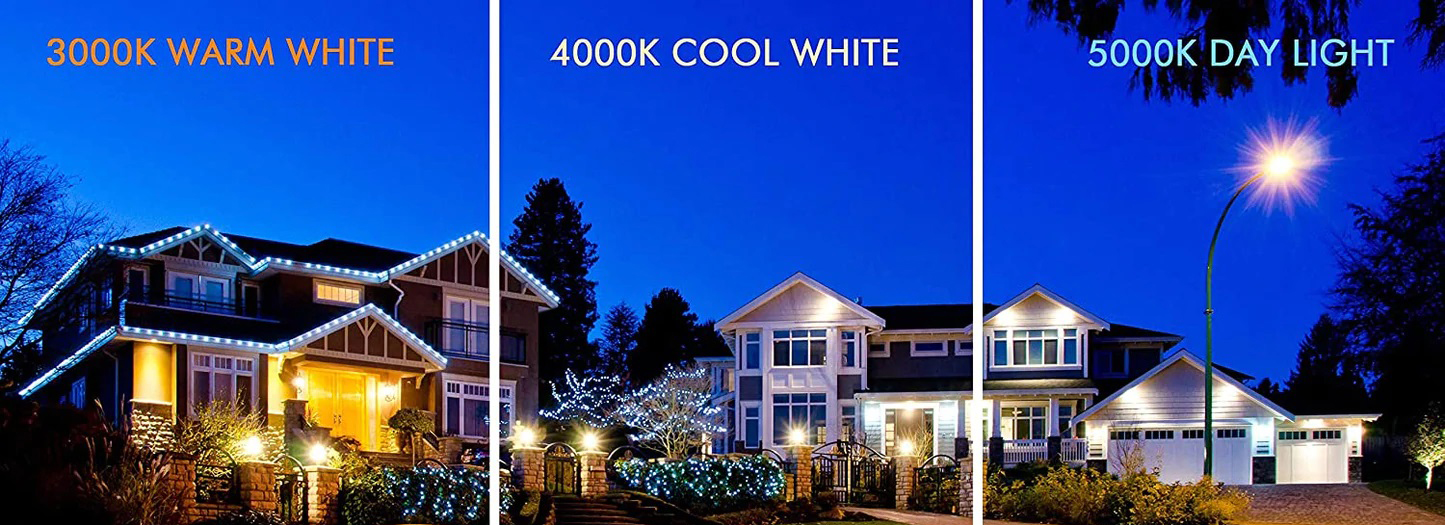

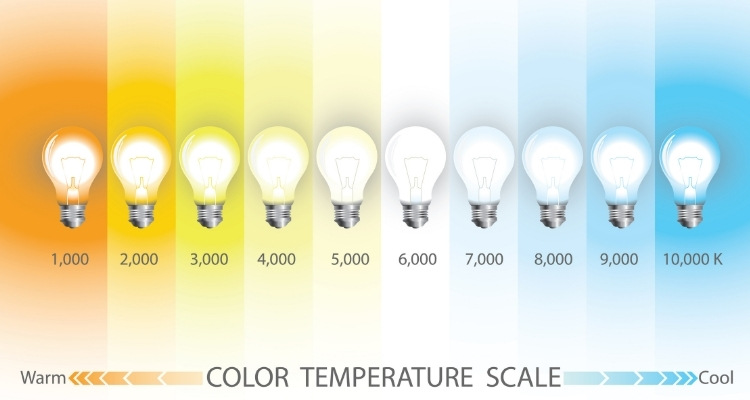

:max_bytes(150000):strip_icc()/living-room-area-rugs-1977221-e10e92b074244eb38400fecb3a77516c.png)


